The expansion of Tulay Sa Kinabuhi’s HOPE Children’s Center
Honami ABE、Kohei SATOU、JiWoo PARK、Miru HONDA、Kazuki YAMAMOTO
The Philippines is known for its cheap prices and friendly national character, as well as its popular tourism with over 630 thousand Japanese tourists visiting the Philippines in 2018. Many may have an image of the Philippines as an accessible resort island rich in nature. However, it carries a serious poverty issue. The inequality between the rich and the poor is greatest amongst ASEAN nations, with the top 1% of the wealthy owning more than 50% of the nation’s assets.
The Philippine government regards the reality of poverty as a serious issue, and as a solution, focused on the lack of education that is seen in 36.9% of the poor in the Multidimensional Poverty Index. An action was taken by the government through the means of an educational reform, K-12. This reform called for an extension of compulsory education to 13 years, which included 1 year of kindergarten, 6 years of primary school, 4 years of junior high school, and 2 years of senior high school, unlike their old 10-year compulsory education system. According to research conducted by UNESCO and UNICEF(2012), improvement in education has an enormous effect on the social growth of children in poor families, and ultimately expect to enrich in their lives. With the K-12 reform, the quality of education increased and lead to an improvement of living standards. Abulencia(2015) concluded that as a result of the K-12 reform, the Philippines has achieved the same level of human resource development compared to neighboring ASEAN nations. However, there is no research on the home level influence of K-12 reform.
The international debate regarding education has shifted from primary and secondary school to Early Childhood Education (ECE), which targets the years between birth and primary school. Ikemoto’s(2011) discussed the success of ECE policies in European nations, taking New Zealand’s playgroup activities as an example of how New Zealand not only supports the infants, but also the parents. In Japan, the Japanese Cabinet Office(2019) announced a change in the environment of ECE and has implemented a new law for kindergarten nationwide to be free of charge for every 3 to 5 year old. Both cases analyzed ECE from a macroscopic standpoint, but yet to conduct a microscopic analysis.
Due to the compulsory kindergarten education in the Philippines, the kindergarten enrollment rate doubled in numbers from 2006 to 2015, according to the World Bank(2018). However, the percentage of children aged 3 to 5 that participate in ECE is still limited to 30%, the lowest amongst other East Asian nations. Additionally, while there is plentiful research conducted regarding education in Manila like Abulencia(2015), there is no research paper to be found on ECE education for 3 to 5-years old in the slum neighborhood on the island of Cebu.
Therefore, this thesis aims to close the gap and offer some insight into the ECE education activities taking place in Cebu, with evidence from the fieldwork conducted about an NPO organization Tulay Sa Kinabuhi (TSK). One of the many actives run by TSK is their ECE center called HOPE Children’s Center (HOPE), and through HOPE, the importance of having an education center specialized with ECE in the slum neighborhood is discussed. Then, a proposal will be made for TSK to expand HOPE as a means to promote the educational opportunity to more children living in poverty. The first chapter presents the current education situation in the Philippines, and further explain the K-12 reform. The second chapter discusses the reason behind the hot debate of ECE, with 2 cases taken from Japan and Europe. Based on the fieldwork conducted at Cebu, the third chapter introduces TSK and HOPE, as well as the success and impact it has made on the lives of those attending the center. Lastly in the fourth chapter, the expansion of the center will be proposed, through the discussion and analysis conducted in the second and third chapters.
Table of Contents
Introduction
1 About the Philippines
1-1 Summary of Cebu Island
1-2 Philippine’s Education System
2 Early Childhood Education
2-1 Importance of Early Childhood Education
2-2 Japanese Case Study
2-3 International Case Study
3 About Tulay Sa Kinabuhi
3-1 Summary of Tulay Sa Kinabuhi
3-2 About HOPE Children’s Center
3-3 Success of HOPE Children’s Center
4 Proposal to Tulay Sa Kinabuhi
Conclusion
References
参考文献
- 阿部帆南、佐藤宏平、朴志雨、本田美琉、山本和樹『セブフィールドノーツ』慶應義塾大学経済学部大平哲研究会フィールドノートシリーズ2019-ep01、2019年
- 池本美香「経済成長戦略として注目される幼児教育・保育政策−諸外国の動向を中心に−」『教育社会学研究』第88巻、2011年、pp.27-45
- OECD『機会拡大:積極的な社会政策は、いかに我々の役に立つか』, OECD, 2005年
- 大竹文雄『就学前教育の投資効果から見た幼児教育の意義』Benesse、2009年
- 佐々木謙一「フィリピンの高等学校における経済教育の現状と課題」『経済教育』第33号、2014年、pp.26-28
- 内閣府『幼稚園、保育所、認定こども園等の無償化について』2019年、pp.1-3
- 濱名陽子「幼児教育の変化と幼児教育の社会学」『教育社会学研究』第88集、2011年、pp.87-102
- ベネッセ教育研究開発センター『第3回子育て生活基本調査(幼児版)』ベネッセ、2008年
- 森利枝「フィリピンの高等教育政策と国際通用性-2013年基礎教育拡大法のインパクト-」『大学評価・学位研究』第19号、2018年、pp.59-66
- 文部科学省『改正前後の教育基本法の比較』2006年
- Abulencia, Arthur S. “The Unraveling of K-12 Program as an Education Reform in the Philippines,” South-East Asian Journal for Youth, Sports & Health Education, 2015, pp.229-240.
- Hart, Betty and Risley Todd R., Meaningful Differences in the Everyday Experiences of Young American Children,, Paul H. Brookes Publishing Co, 1995.
- JETRO Manila Center, “Cebu Special,” Philippine IT Service Industry Update Report, No. 7, 2005, pp.1-12.
- National Scientific Council on the Developing Child, The Timing and Quality of Early Experiences Combine to Shape Brain Architecture, Harvard University, 2007.
- National Scientific Council on the Developing Child, Excessive Stress Disrupts the Architecture of the Developing Brain, Harvard University, 2014.
- Philippines Statistical Authority, 2015 Family Income and Expenditure Survey, 2017
- Selcuk, R. Sirin, “Socioeconomic Status and Academic Achievement: A Meta-Analytic Review of Research”, Review of Educational Research, Vol.75, No.3, 2005, pp. 417–453.
- UNESCO and UNICEF, Early Childhood Care and Education, UNESCO Bangkok, UNICEF EAPRO and UNICEF ROSA, 2012.
- World Bank, Making Growth for the Poor -A Poverty Assessment for the Philippines,” 2018
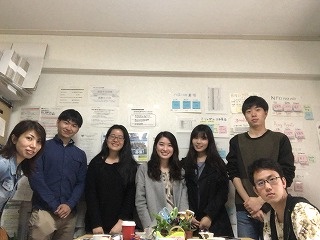
| 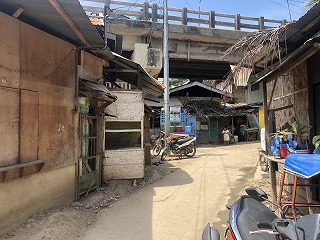 |
| Interview at HaloHalo Office | Situation of Sitio Paglaum |
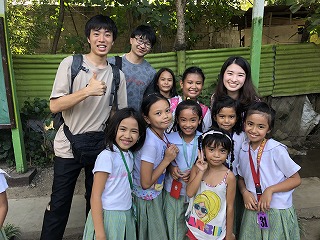
| 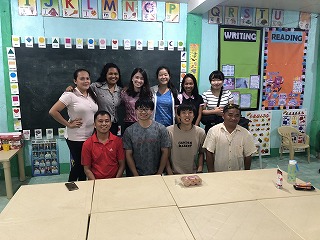 |
| Interaction with local children | Interview with TSK staff |
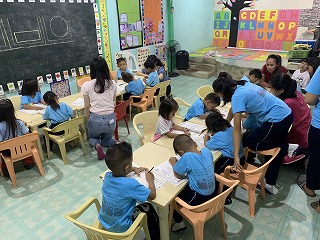
| 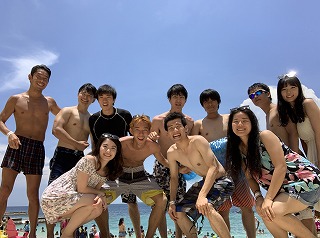 |
| Class at HOPE Children’s Center | Macon Newtown Beach |
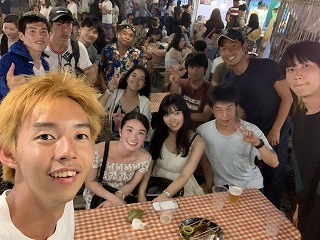
| 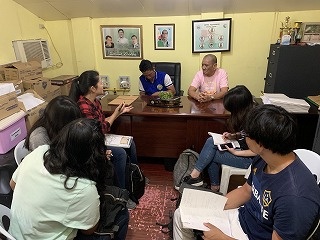 |
| Night-market with local cuisine | Interview at Dumlog Barangay |
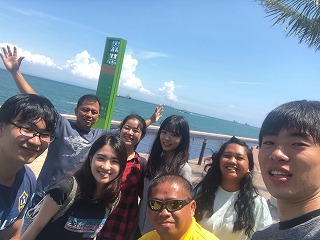
| 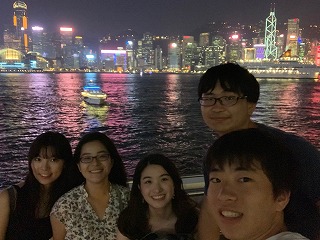 |
| Group photo with TSK | Million‐Dollar view of Hong Kong |
PDF file